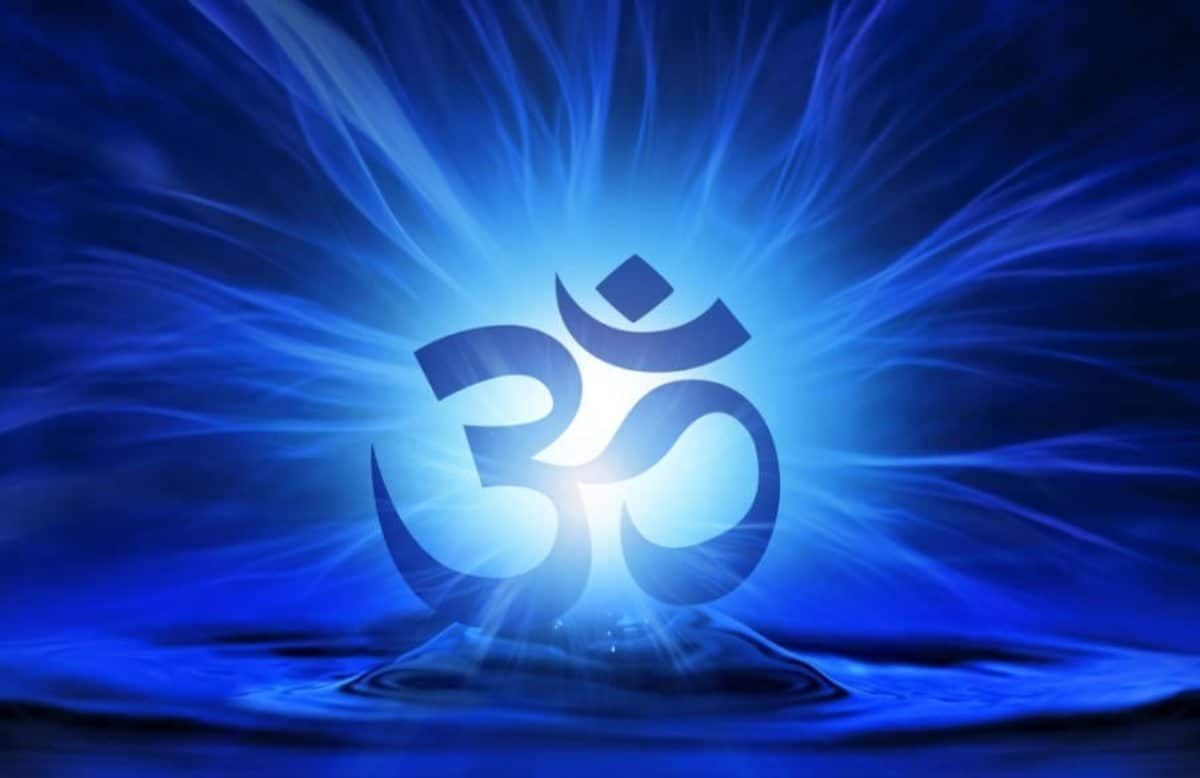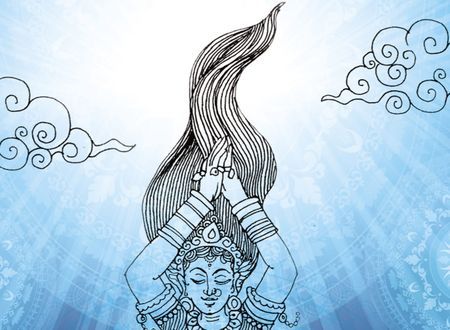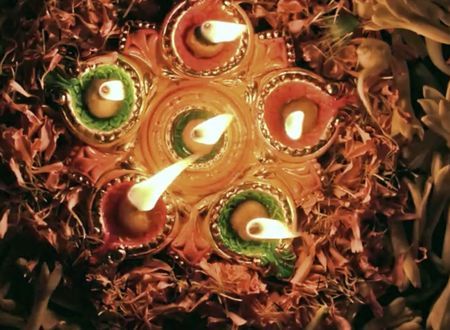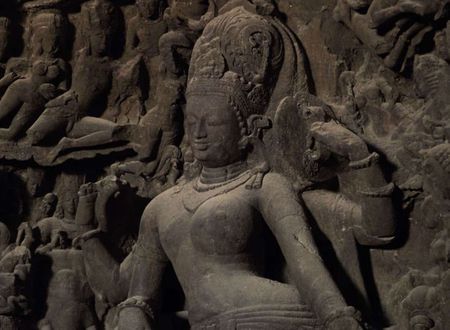You can read Part1 here
The post is a part of the primer to dispel mistaken notions around Sanatana Dharma which create a very negative narrative keeping the global community and even our own younger generation away.
Misconception 5
Sanatana Dharma supports and is based on the discriminatory caste system
Where it comes from : caste system has been widely written about . Although its origins or interpretation are rarely discussed . Unfortunately, its impact on society is historically evident and justifiably abhorred given the numerous atrocities on lower castes . In modern times though , through education and legislation – the government has sought to alleviate the bane of caste system
Origins of the system – In the ancient times all jeevas or living beings were supposed to have 3 gunas– Sattva ( goodness and knowledge ) Rajas( action and enterprise) Tamas ( inertia and darkness)
Depending on the aptitude or the gunas people naturally gravitated towards occupations that complimented their inherent nature . Those with a mastery on scriptures became teachers or advisors ( Brahmins) whereas action and valour oriented people became kshtriyas . People driven by profit motive were Vaishyas and the artisans and laborers gravitated towards shudras.
This varna (class) system was to classify people based on capacity and aptitude and also to ensure the society was balanced and had people to grow food, to distribute and trade ( vaishyas) to learn and teach ( brahmins) to protect the nation ( kshtriyas) . It wasn’t based on one’s family lineage but one’s calling in life .
Over a period of centuries – the varna ashram morphed into a birth caste based system wherein a person’s family lineage decided the class to which he belonged . This became rigid over time a hierarchy of castes came forward .While the guna based varna system may have allowed mobility between classes the birth based caste system had no scope for the same .
Caste system has been used as a tool to alienate Hindus from their own religion and cultural heritage and to incite unrest between communities . In the 21st century its time to shun this rigid system as it neither has the grain of truth that the predecessor varna system was based on nor the ethos of progressive thinking or community .
Misconception 6
Hinduism = Fatalism
Where it comes from : The widespread belief in Jyotisha or vedic astrology – which stands on the tenet that one needs to face the consequences of one’s actions in the form of fate or destiny leads to the conclusion that Dharma is fatalistic .
Admittedly, there is a wide belief in astrology and there may be a significant associated superstition too . Jyotishis often exploit this belief for commercial gains too .The core belief of facing the results of one’s actions is enshrined everywhere in all religions .Further, Jyotisha clearly highlights the free will available to perform actions which will impact your future . Therefore, blaming past karmas or religion and resigning oneself to a life of mediocrity is hardly the right interpretation of what Dharma says . We should direct our energies towards creating our destiny than chasing astrologers to read what is in it and then resign to the outcome without knowing its correctness .
Misconception 7
Unlike other religions Hinduism ( Sanatana Dharma ) is violent and cruel as its high on animal and human sacrifice
Where it comes from : Really ? This one totally foxed me to be honest ! The depiction of animal sacrifice possibly comes from Shakt or Tantrik worship . Someone mentioned the Ashwamedha Yajna as the origin of this belief. Human Sacrifice is probably some sensational and misrepresented reporting around Aghori sect and Tantrik worship
(Note -I must admit here one of my young team mates – assiduously collected references and shared them with me to show that human sacrifice happened in Kali temples in Bengal ,Tripura ,Odisha and also in several other parts until very recently . Further, some scholars cited the Yajurveda too for supporting human sacrifice but the amazing book ( Pashubali )by Pandit Shri Ram Sharma persuasively discarded the argument )
Despite the above note I cannot fathom why when Islam sacrifices goats and other animals , the Old Testament mentions animal sacrifice and parts of Tibetean Buddhism too had the practice in the ancient times , why is Santana Dharma alone maligned for animal sacrifice ? In any case Yajurveda and Bhagvatam are replete with references prohibiting animal sacrifice . Sanatana Dharma has compassion and kindness at its core .
As Pandit Shri Ram Sharma writes in Pashu Bali- धर्म के नाम पर अधार्मिक कृत्यों का प्रचलन प्रत्येक धर्म प्रेमी को एक मार्मिक पीड़ा पहुँचाने वाली बात है कोई खाने की दृष्टि से मांस खावे तो उसकी व्यक्तिगत स्वार्थपरता ही मानी जायगी इससे सारा समाज या सारा धर्म कलंकित नहीं होता पर पशुबलि सरीखे कृत्यों से तो हमारे अहिंसा, सत्य, प्रेम और दयामूलक धर्म की मूल मान्यताओं पर ही कुठाराघात होता है इसे देखकर सच्चे धर्मप्रेमी यदि चिंतित खिन्न और विह्वल होते हों तो यह सर्वथा उचित ही है
( Translation- Unholy acts in the name of religion hurt the sentiments of all followers. While eating non vegetarian food can be considered a selfish act not tainting the entire society , the acts of animal sacrifice put an irreparable taint on our Dharma which is rooted in the beliefs of non violence , truth , love and compassion . It is entirely natural for the real devout followers to get concerned about these practices)
Nar bali or human sacrifice is worse . It is cannibalization and while there are instances in history this cannot be considered mainstream and a core tenet of the religion.
Misconception 8
Unlike leading religions of the world – Sanatana Dharma promotes worships of idols as God
Where it comes from : India is dotted with temples with various forms of the divine and people visit these temples to pray
As per the Sanatana Dharma scriptures God is omnipresent . Every living soul is an eternal fraction of the Supreme consciousness. To help the mind focus on God , Dharma propagates Saguna worship or moorti pujan. A properly consecrated murti in a temple is considered a manifestation of the divine. But to believe God is limited to the moorti is foolish .
When Swami Vivekananda visited King Mangal Singh of Alwar in 1891 – the king was heavily influenced by English culture . He told Swami ji that the idols you worship are just stone and clay – and idol worship is useless . Vivekananda tried explaining that murtis are symbols and representation of Lord but the king wasn’t convinced . To make his point , Swami ji asked one minister to take down the portrait of the King’s father adorning the wall . Then he asked the minister to spit on it . The horrified minister refused and the King was furious and demanded an explanation for the insult .
Swami Vivekananda smiled and said – “But this is not your father . Its just his picture . So why get upset” (paraphrased) The King was taken aback. Swami ji then explained – that the picture reminded the king of his father and hence he got upset. Similarly, an idol is a symbol of the Lord . The moorti reminds the Sadhka of the lord and he feels the presence of the Lord .
Worshipping the formless or Nirguna swarup has found its own place and following in Dharma . Santana Dharma’s inclusivity of divergent beliefs is unparalleled .
PS : Thank you for your patience and love my dear Parivaar .Look forward to your feedback and opinion . The concluding part- part 3 – will be here soon .









Comments & Discussion
11 COMMENTS
Please login to read members' comments and participate in the discussion.